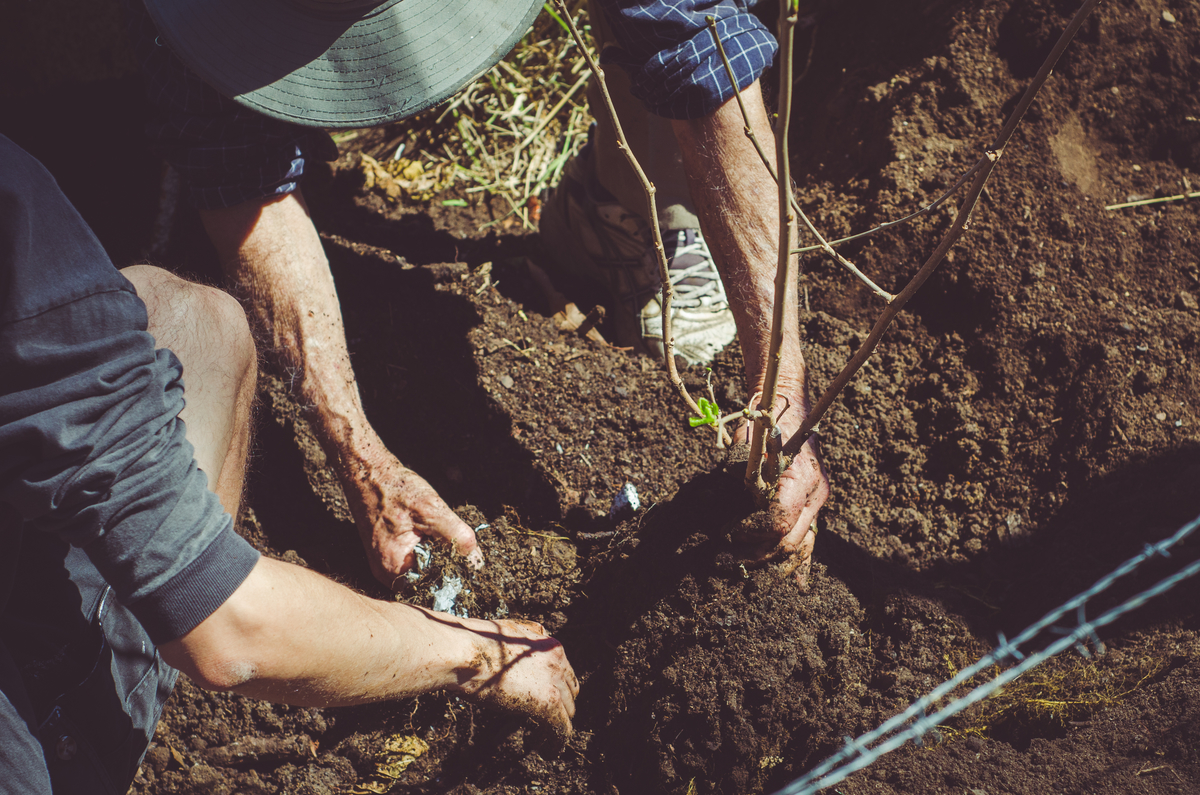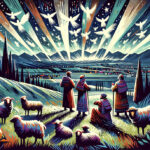
Over the last few hundred years people have planted trees in celebration of Arbor Day. People all over the world plant trees to commemorate the value of trees to the environment and our human experience. Looking back at the Old Testament we find Abraham planting a tree and as he does, he appears to make a statement.
“Abraham planted a tamarisk tree in Beersheba…” (Gen. 21:33a)
What was Abraham saying and doing here?
You’ll notice that he is in Beersheba. In the Old Testament we have frequent references to this location. It is commonly referred to as the southern edge of the Promised Land. Several times in the OT we read of the land as from “Dan to Beersheba” (cf. Jd. 20:1; 1 Sam 3:20, 2 Sam 3:10; 17:11). Furthermore, Abraham just got done with a bit of a public dispute with Abimelech, a foreign king, over who has ownership over a well (Gen. 21:25-30). Abraham was making it clear to everyone that this was his well.
What’s the point?
I asked this question to my 7-year-old daughter. I asked her if it would be okay if we planted a tree in our neighbor’s yard. As expected she answered quickly and clearly, “No.” Then I asked about planting a tree in our front yard. As you might expect she said, “Yes, it’s our yard.” Exactly. Earlier in Genesis (12:7ff) God had promised Abraham that he would give his descendants this land. Now, nearly a quarter century later Abraham is standing in the land with the son of the promise in his tent. He is planting a tree in the land and declaring the faithfulness of God.
That’s not all. He calls upon the name of the Lord.
“Abraham planted a tamarisk tree in Beersheba and called there on the name of the LORD, the Everlasting God.” (Gen. 21:33)
Abraham calls upon or proclaims the name of the Lord. He is ringing the bell of God’s covenant faithfulness in the Promised Land. He is literally standing on the promise while proclaiming the faithfulness of the promise keeper. This entire passage has God’s covenant faithfulness stamped all over it. It attracts Abimelech to Abraham for a treaty in the first place (Gen. 21:22-23), and it is the content of his prayerful proclamation at the end. God is indeed faithful.
As I contemplated this scene I couldn’t help but marvel.
Abraham, the recipient of the promise, is there with the small but expanding covenant community. He is standing in the Promised Land with the promised son. He is declaring his dependence upon and allegiance to the everlasting, covenant keeping God. And he is doubtlessly rejoicing and glad to look ahead to the coming day of the true promised seed (Jn. 8:56).
Now think about what we do each Lord’s Day. We gather together as believers in a covenant community, the church. We stand in our respective cities and towns as heirs, not simply of a land in Beersheba but, as the apostle Paul reminds us, as heirs of the entire world (Rom. 4:13). We, as a church, rejoice not in the anticipation of the promised son of Abraham but in the actual coming of him. We too rejoice and are glad in Savior! And so we stand as children of the promise but nevertheless as aliens in a foreign land with promises yet to come. We declare the greatness of our covenant keeping, everlasting God.
The reason for planting the tree is perhaps a bit different from those celebrating Arbor Day. God gave the children of the covenant peace from their enemies so they could proclaim his name and cling to his promises—even as they were aliens and strangers. He does the same to us today. As the dirt and gravel crunches under our feet we are reminded that we are heirs of the world, recipients of a glorious promise, and worshipers of the everlasting God!


















